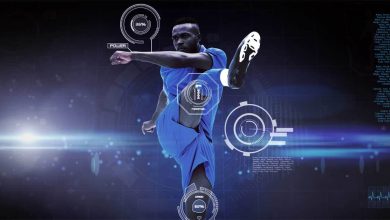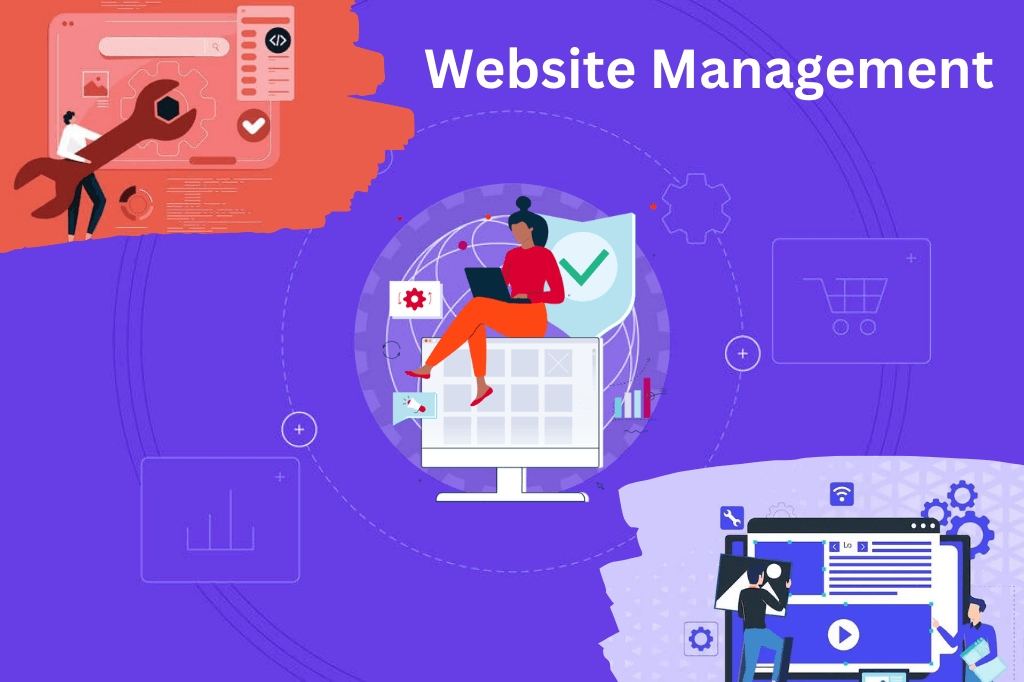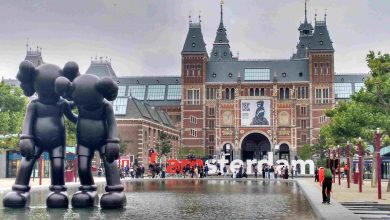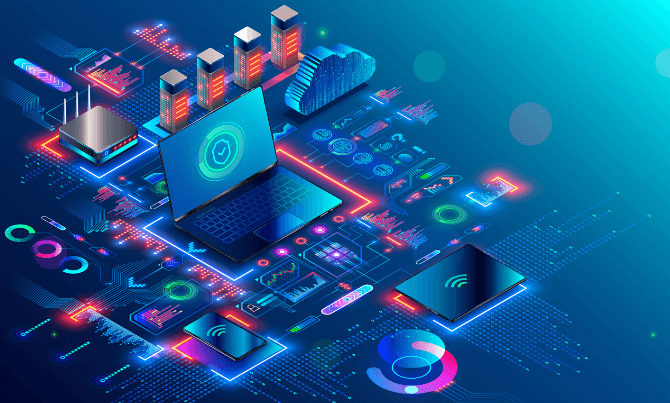In recent years, the creative industry has witnessed a transformative wave with the integration of Artificial Intelligence (AI). Once perceived as a realm exclusively governed by human ingenuity and imagination, this sector is now embracing the synergies between human creativity and machine intelligence. AI’s ability to analyze vast datasets, recognize patterns, and generate novel ideas has revolutionized the way we approach various creative endeavors. From visual arts and design to music composition and content creation, AI has become an indispensable tool, amplifying the capabilities of artists and creators.
Contents
Redefining Aesthetics
One of the most conspicuous impacts of AI in the creative industry is its role in design. AI-powered algorithms are not only assisting designers in streamlining their workflow but also challenging traditional notions of aesthetics. Generative design, a technique where AI algorithms explore numerous design possibilities based on specified parameters, is gaining traction. This approach enables designers to conceive innovative solutions by leveraging the computational power of AI to explore vast design landscapes that might be impractical for a human to navigate. The result is a fusion of human creativity and machine precision, producing designs that often transcend conventional boundaries. This AI-infused design process not only enhances efficiency but also contributes to the emergence of novel and groundbreaking aesthetics.
AI in Music Composition
AI’s influence extends beyond visual arts into the realm of music composition, where it is gradually becoming a collaborative force for musicians. AI algorithms can analyze extensive musical databases, identifying patterns, chord progressions, and stylistic elements across genres. This knowledge is then employed to generate original compositions or provide suggestions to human composers. This collaborative approach between humans and AI is not about replacing the artist but rather offering a new palette of possibilities. AI can help break creative blocks, introduce fresh perspectives, and even assist in the exploration of unconventional musical landscapes. The evolving synergy between human emotions and AI-generated musical pieces showcases the potential for a harmonious collaboration that enriches the creative process in ways previously unimagined.
AI in Writing and Visual Arts
In the domain of content creation, AI is redefining the way we produce written and visual content. Natural Language Processing (NLP) algorithms are being employed to generate coherent and contextually relevant written content. From news articles to marketing copy, AI-driven writing tools can produce content that not only adheres to grammatical rules but also mimics the tone and style of human writers. Additionally, AI is making significant strides in the creation of visual arts. Generative Adversarial Networks (GANs) enable the generation of lifelike images, paintings, and illustrations. This not only provides artists with new mediums for expression but also challenges our perceptions of authorship and creativity. As AI continues to evolve, content creators are presented with a dual opportunity – to harness the efficiency of AI-driven tools and explore new dimensions of creativity that emerge from this collaboration between human ingenuity and machine intelligence.
A Symphony of Collaboration
The emergence of AI music generators stands as a testament to the collaborative potential between technology and the arts. These sophisticated algorithms analyze vast musical databases, learn from diverse genres, and compose original pieces that resonate with human emotions. As explained by experts from soundful.com, AI music generators are not replacing composers but acting as innovative companions, offering novel ideas and pushing the boundaries of musical exploration. This collaborative symphony, where human creativity and AI algorithms harmonize, exemplifies the endless possibilities that arise when technology becomes a creative ally rather than a substitute. As the AI music generator continues to evolve, it opens up new avenues for musical expression, challenging musicians to explore uncharted territories and redefine the very essence of what constitutes musical composition.
AI’s Impact on the Creative Canvas
In the expansive realm of visual arts, AI is augmenting the creative process by introducing new dimensions to traditional forms. Style transfer algorithms, for instance, allow artists to apply the characteristics of famous artworks to their creations, fostering a dynamic interplay between historical influences and contemporary expressions. The collaborative partnership between artists and AI is reshaping how we perceive visual storytelling, pushing the boundaries of imagination. Beyond static images, AI is also influencing the world of animation, enabling the generation of lifelike characters and dynamic scenes. This intersection of artistic vision and machine precision promises a future where visual arts continue to evolve, guided by the fusion of human creativity and AI-enhanced capabilities.
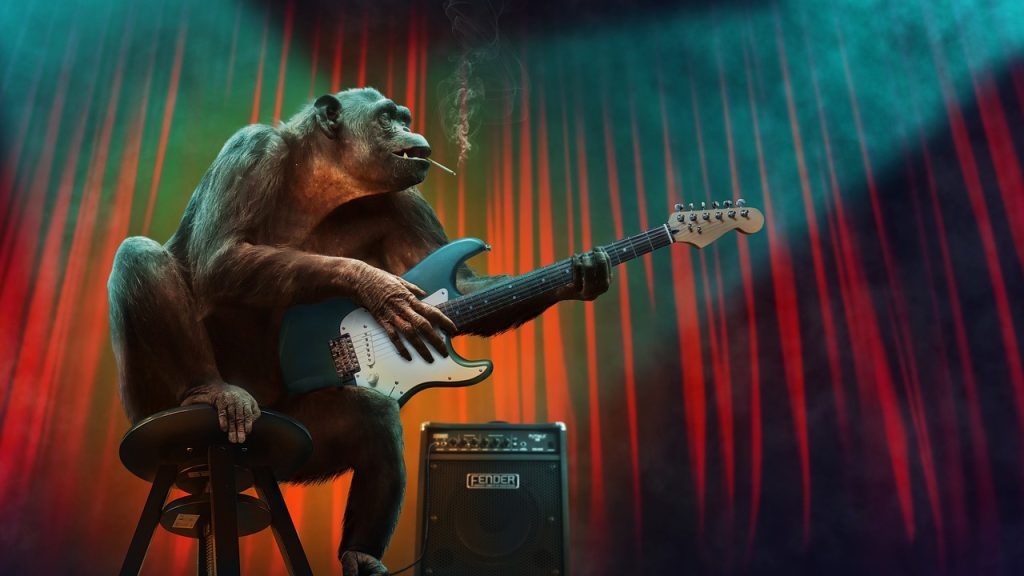
Embracing AI as a Collaborative Partner
As we navigate this era of unprecedented collaboration between human creativity and artificial intelligence, it is essential to recognize the transformative potential that AI brings to the creative industry. The fusion of human ingenuity with machine capabilities is not about replacing artists or diminishing their role but expanding the horizons of creative expression. AI catalyzes innovation, breaking down barriers and offering new avenues for exploration. As the creative landscape continues to evolve, embracing AI as a collaborative partner propels us into a future where the boundaries between creator and creation are beautifully blurred, leading to a rich tapestry of artistic possibilities that were once beyond our imagination. The journey of AI in the creative industry is not just a trend; it is a transformative narrative that is reshaping the very essence of what it means to create and innovate in the 21st century.
The rising trend of AI in the creative industry unveils a symbiotic evolution where human creativity and artificial intelligence converge to redefine the boundaries of what is possible. The collaborative partnerships witnessed in design, music composition, content creation, and visual arts showcase the immense innovation potential when humans and machines join forces. Rather than displacing human creativity, AI serves as a powerful ally, augmenting our abilities and pushing the frontiers of artistic expression. As we step into the future, the interplay between human ingenuity and machine precision promises a dynamic and ever-expanding landscape of creativity, where the lines between the organic and the artificial dissolve, giving rise to a new era of artistic exploration and innovation.
